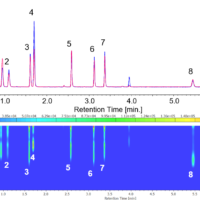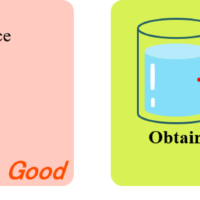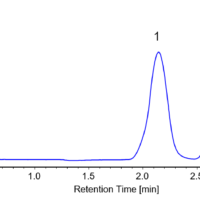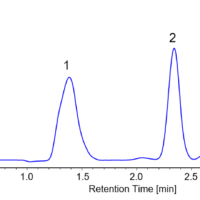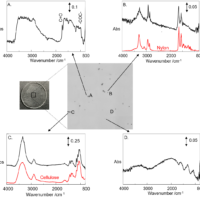Introduction
Edible dyes can be categorized into naturally occurring dyes and chemically synthesized artificial dyes (hereinafter referred to as synthetic colorants). Synthetic colorants have advantages of developing great colors even in small amounts and being amenable to generating various colors by mixing different dyes. Synthetic colorants are also called tar dyes because they are made from petroleum-based coal tar. In Japan, 12 different synthetic colorants, which are considered not to be harmful to human health, are currently allowed to be added to food. However, it is not clearly stated that they cause no harm to human body when consumed in large amounts or for long period. In fact, some dyes previously used are now banned due to their potential risks of carcinogenecity. In addition, the UK Food Standards Agency (FSA) announced in 2008 that manufacturers are encouraged to self-regulate the use of a total of 6 different synthetic colorants including Red No. 40, 102 and Yellow No. 4, 5 that are allowed to be used in Japan, because they are suspected of being associated with attention deficit/hyperactivity disorder (ADHD). Red No. 2, 102, and 106 are also banned in the United States and Canada due to their potential risks of causing cancer and allergies. We actually see less foods that use synthetic colorants and more of those that use natural dyes than before.
Here, we show our results of simultaneous analysis of 12 synthetic colorant components and its application to red pickled ginger liquid seasoning.
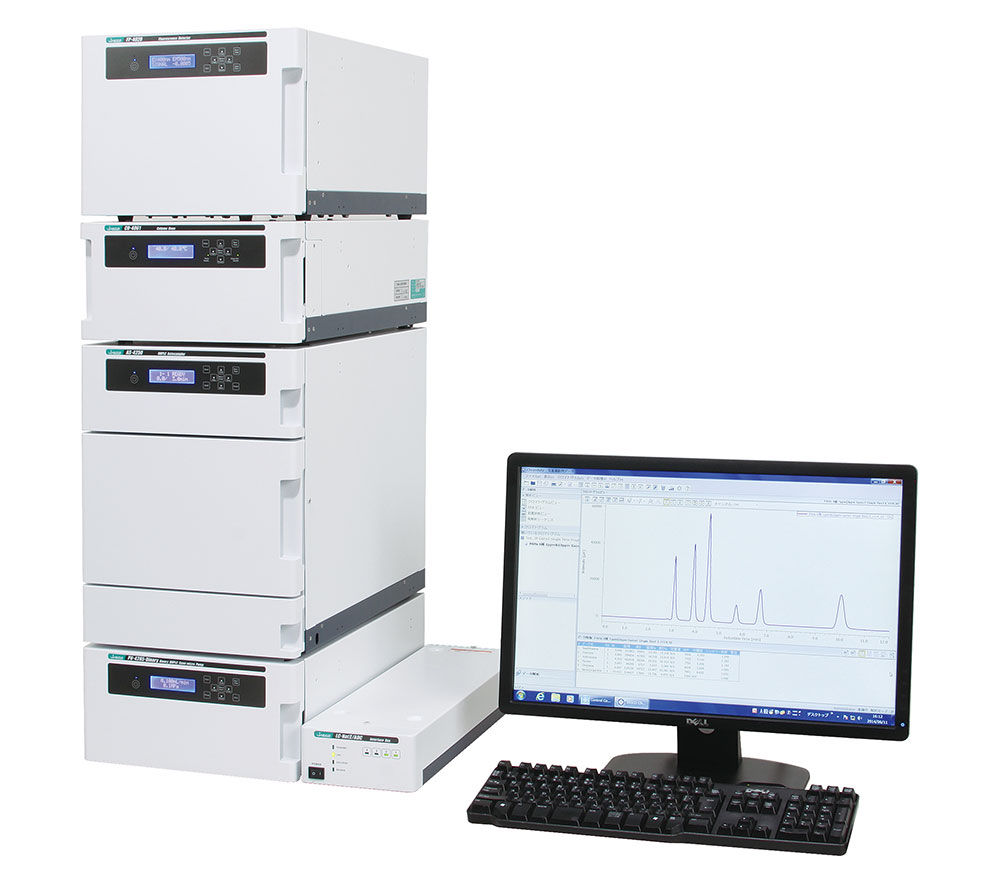
LC-4000 UHPLC system
Experimental
[HPLC Conditions]
Column: X-PressPak V-C18 (2.0 mm I.D. x 50 mm L, 2 µm)
Eluent A: 10 mM ammonium acetate in water / acetonitrile (95/5)
Eluent B: 10 mM ammonium acetate in water / acetonitrile (15/85)
Gradient: (A/B), 0 min (100/0) – 1 min (40/60) – 2 min (40/60) – 2.05 min (6/94) – 2.5 min (6/94) – 2.55 min (100/0), 1cycle; 6.5 min
Flow rate: 0.5 mL/min
Column temp.: 40 ºC
Wavelength: 200 – 700 nm
Injection volume: 1 µL
Standard: 12 artificial colorings mixture in water (50 µg/mL each)
Keywords
PDA detection, synthetic colorant, edible tar dye, C18
Results
Figure 1-1 shows a chromatogram and a PDA data for the synthetic colorant standard sample.
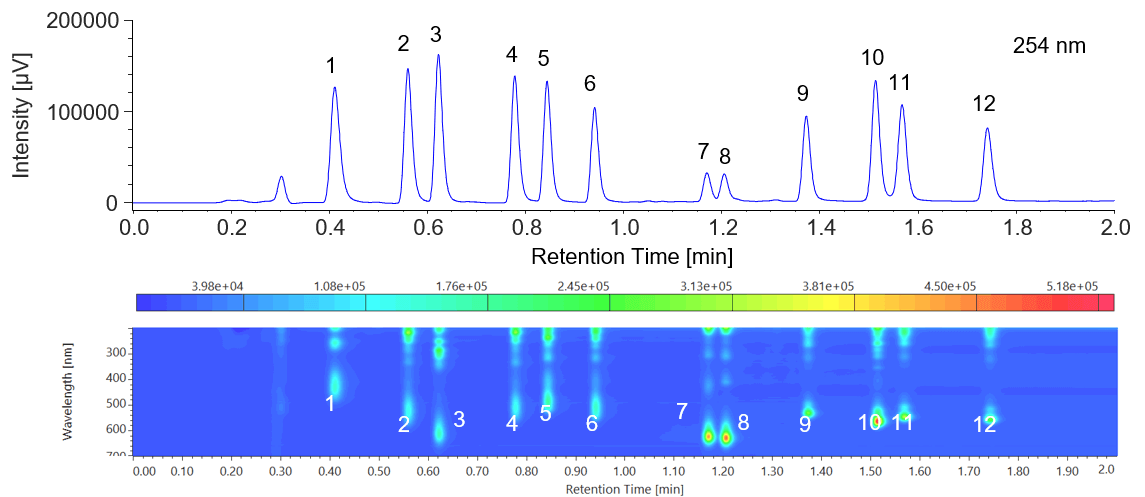
Fig. 1-1 A chromatogram for synthetic colorant standard sample (50 mg/L each)
1: Tartrazine (Y4), 2: Amaranth (R2), 3: Indigo carmine (B2), 4: New Coccine (R102), 5: Sunset Yellow (Y5), 6: Allura Red AC (R40), 7: Fast Green FCF (G3), 8: Brilliant Blue FCF (B1), 9: Erythrosine (R3), 10: Acid Red (R106), 11: Phloxine (R104), 12: Rose Bengal (R105).
Figure 1-2 shows on-peak spectra for respective synthetic colorants.
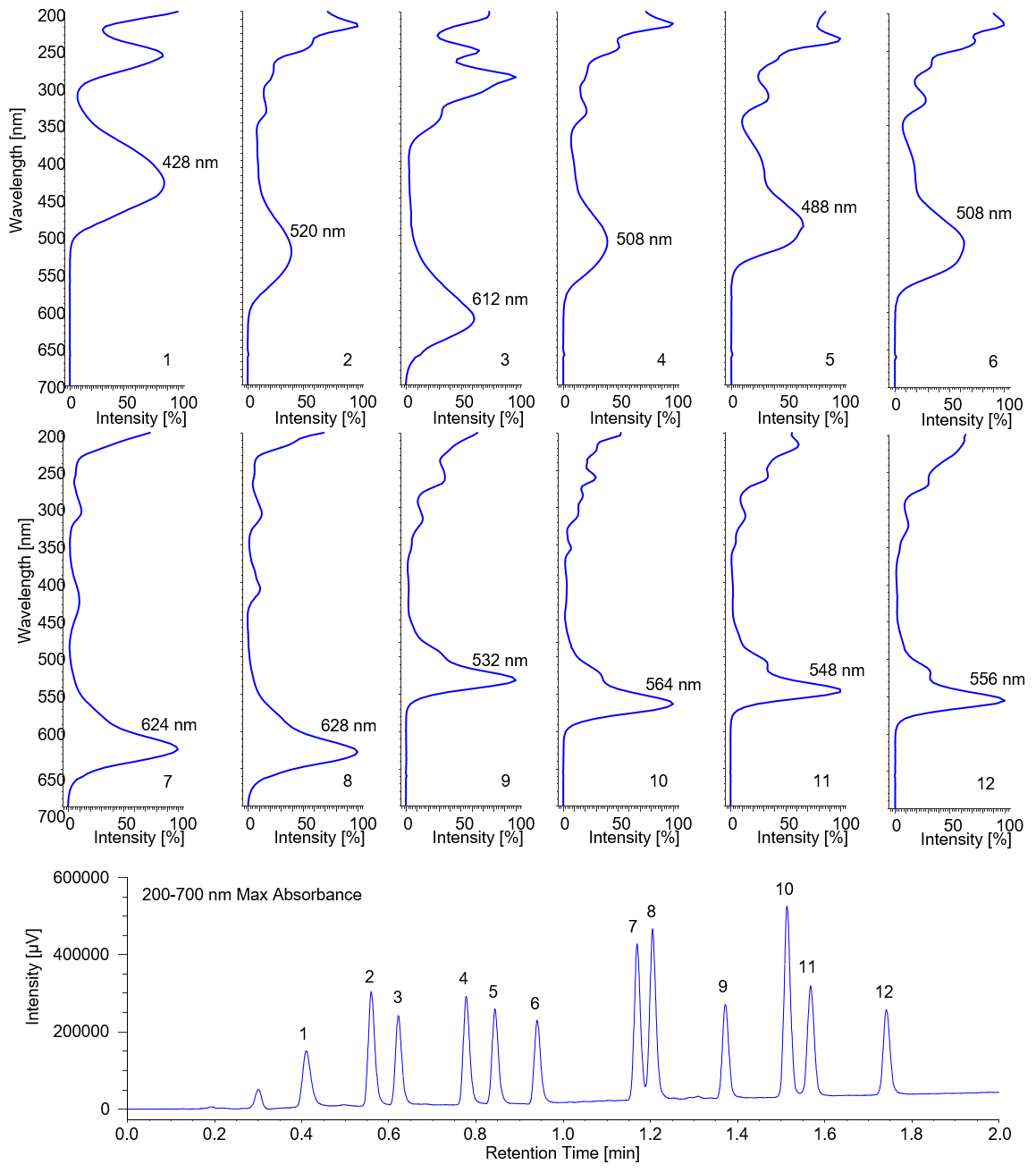
Fig. 1-2 On-peak spectra of twelve artificial colorings (50 µg/mL each).
1: Tartrazine (Y4), 2: Amaranth (R2), 3: Indigo carmine (B2), 4: New Coccine (R102), 5: Sunset Yellow (Y5), 6: Allura Red AC (R40), 7: Fast Green FCF (G3), 8: Brilliant Blue FCF (B1), 9: Erythrosine (R3), 10: Acid Red (R106), 11: Phloxine (R104), 12: Rose Bengal (R105).
Figure 2 shows chromatograms at different wavelengths.
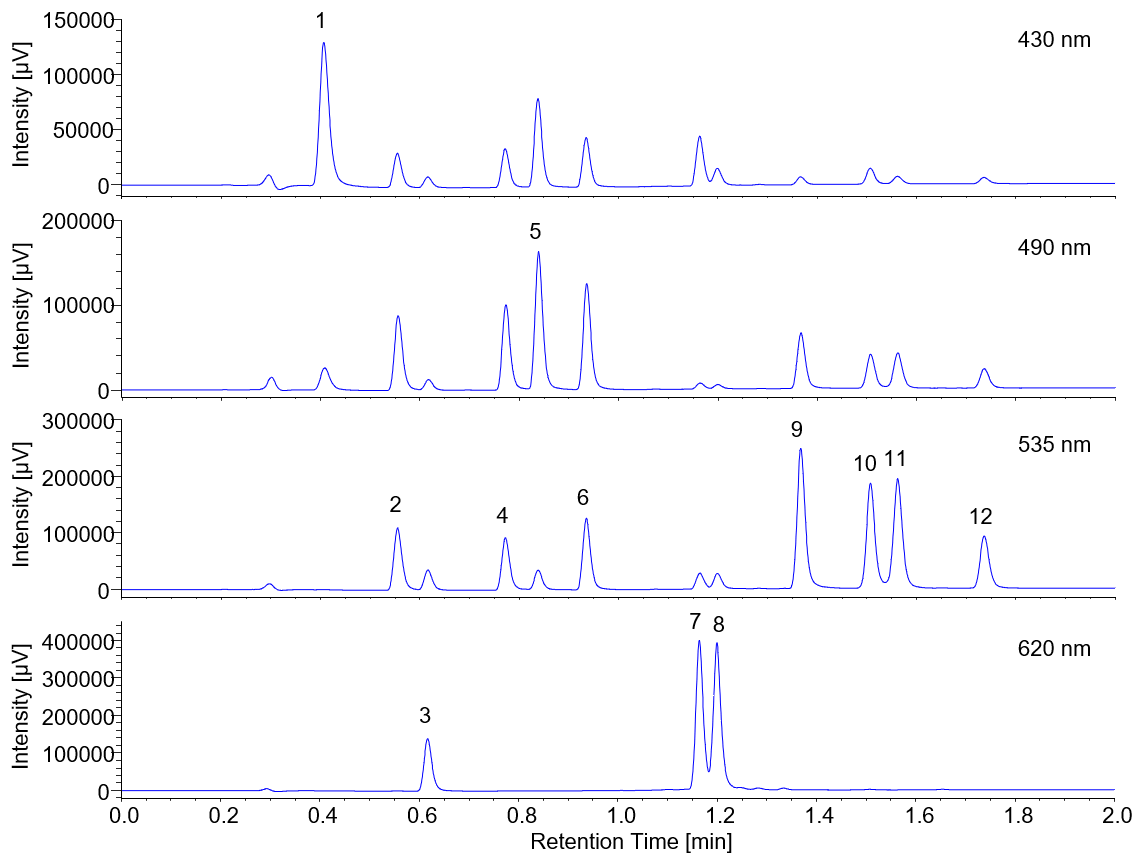
Fig. 2 Chromatograms at each wavelength of artificial colorings standard (50 µg/mL each).
1: Tartrazine (Y4), 2: Amaranth (R2), 3: Indigo carmine (B2), 4: New Coccine (R102), 5: Sunset Yellow (Y5), 6: Allura Red AC (R40), 7: Fast Green FCF (G3), 8: Brilliant Blue FCF (B1), 9: Erythrosine (R3), 10: Acid Red (R106), 11: Phloxine (R104), 12: Rose Bengal (R105).
Figure 3 shows the chromatogram of seasoning liquid of red pickled ginger. Figure 4 shows the spectral search results for seasoning liquid of red pickled ginger. The spectra of 12 components of standard sample were registered in the spectral library beforehand. By comparing between the spectrum of eluted peak in seasoning liquid of red pickled ginger and registered ones of standard sample, high correlation coefficient of 0.997 was obtained with R102.
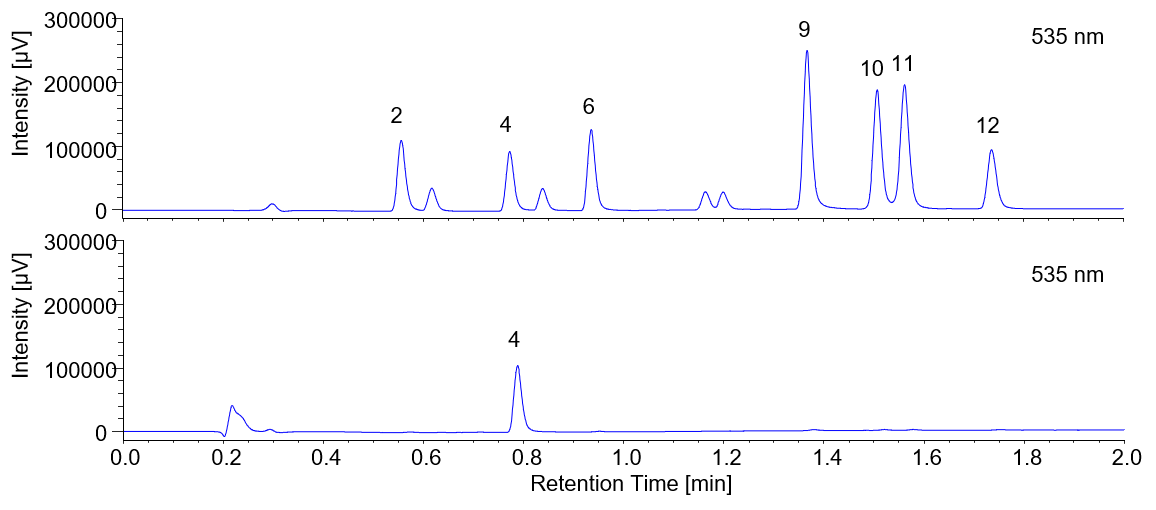
Fig. 3 Chromatogram of seasoning liquid of red pickled ginger. (A) Standard, (B) Seasoning liquid.
2: Amaranth (R2), 4: New Coccine (R102), 6: Allura Red AC (R40), 9: Erythrosine (R3), 10: Acid Red (R106), 11: Phloxine (R104), 12: Rose Bengal (R105).
Pre-treatment: the red pickled ginger liquid seasoning was filtered through 0.45 and 0.2 µm membrane filters.
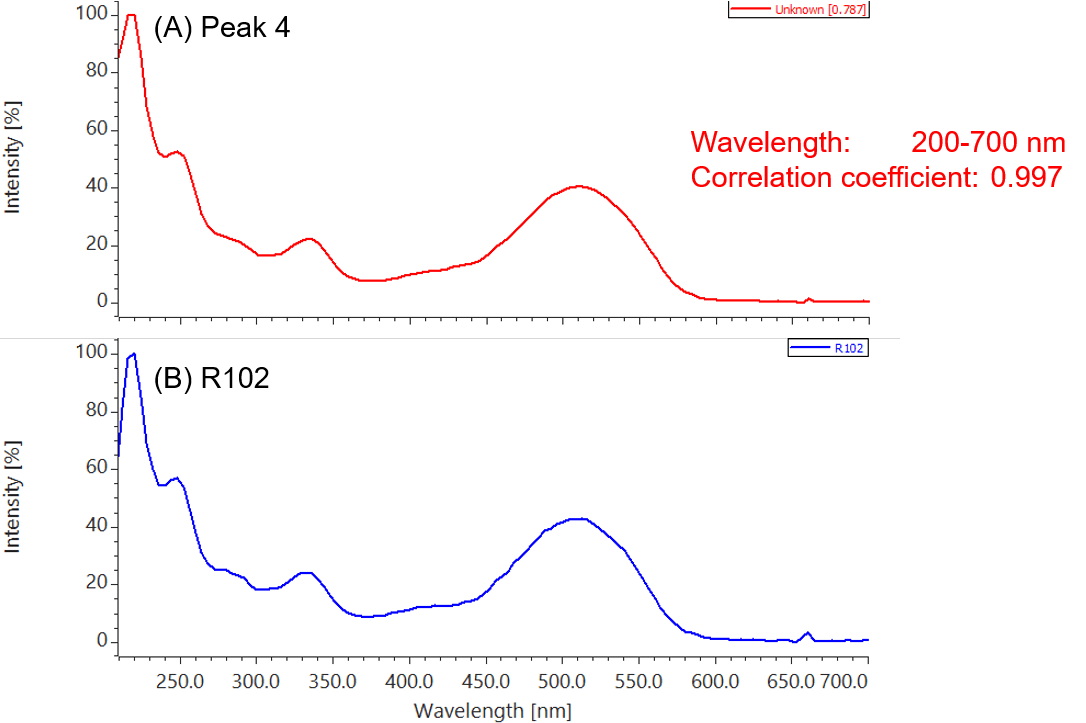
Fig. 4 Spectral search result for seasoning liquid of red pickled ginger.
(A): Spectrum of Peak 4, (B): Spectrum of R102.


